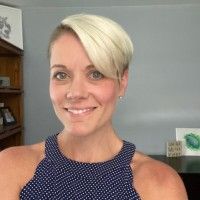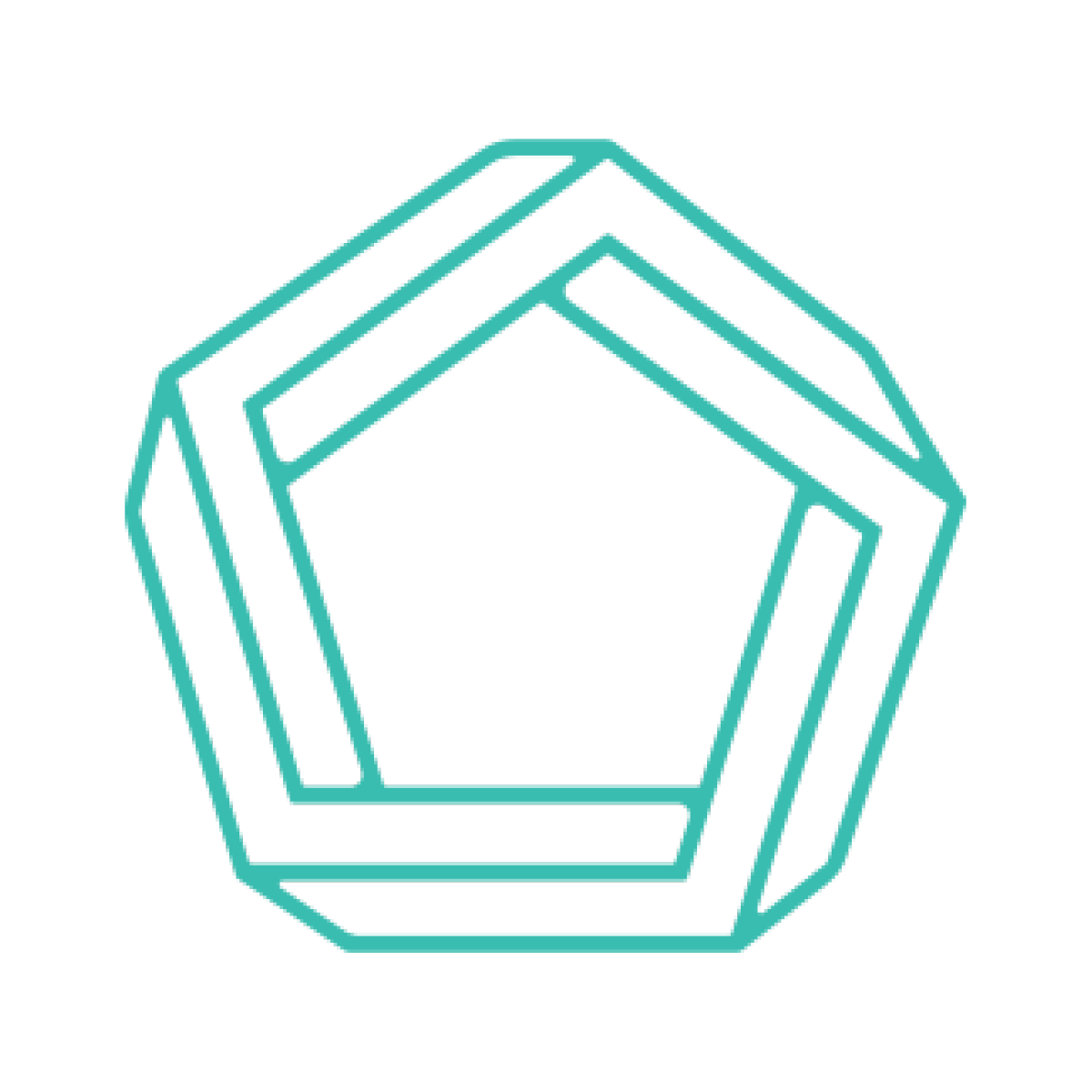“Follow the Yellow Brick Road”... “To Infinity and Beyond,” though arguably vague, still provide comfort to the traveler, for there is defined direction. But where do you go when you don’t feel like you have a direction?
I was hired in March, and my role as Vice President of Consulting Services was a new position for the company. My focus was going to be on finding new ways to make efficient and effective internal processes, improve our client satisfaction, and ensure staff members felt supported, enriched, and engaged.
I was eager to dive in and was welcomed virtually by friendly faces all across the United States. As diverse as our Zoom backgrounds were, I realized that so were our professional backgrounds. Though unified by working together to build custom mobile and web applications, our team has an array of prior life experiences. We have a firefighter, a certified botanist, an educator, a figure skater, an EMT, an ariel circus acrobat, a professional stilt dancer, a fashion designer, and an array of musicians on our team. Yet, collectively we bring these talents to the same table each day to produce high-quality solutions for our clients. We have all taken our ‘long and winding’ roads to lead us to the same career destination at SmartLogic, but where do we go from here? How do we grow professionally within the company?
According to the article “Great Attrition” or “Great Attraction?” The Choice is Yours 19 million Americans quit or left their jobs in 2021. Employees desire more from their workplace because they “want a renewed and revised sense of purpose in their work.” They’re looking for “jobs with better, stronger career trajectories. They desire both recognition and development.”
How well do we provide this career roadmap for our staff? It became clear that we were lost travelers in need of a map.
Making the Map
Winning teams embrace collaboration, respect, communication, best practices, research, historical understanding, and a solution-based mindset. I knew I had a lot to learn from the key players at SmartLogic. So, the first step I needed to take was to reach out to those key players, share the vision, and ask them to join me in collaborating on developing a plan, a process, and an implementation system for making our own map.
With gratitude and appreciation, our official SmartLogic Work Group was born. Those who joined this effort are the Director of Engineering, Engineering Manager, and Senior Project Manager. The makeup of our Work Group must be an accurate and diverse cross-section of the company.
We assessed the staff’s attitudes and perceptions to see how they felt about the company and what they saw as opportunities for growth. We wanted to make decisions that were grounded in both perceptions as well as data. Inspired by the book “First, Break All the Rules: What the World’s Greatest Managers Do Differently”, we implemented Gallup’s Q12 Employee Engagement Survey and added the following three open-ended narrative questions.
What is a concern/topic/idea and/or issue you feel you have raised but are continually ignored?
Based on your response to the previous question, what do you want to see happen/ change/ or in “X” months? What do you want to see differently in the company?
Is there anything else you want to share with us at this time?
The staff participated, and the results were clear. Frequently mentioned in the narrative responses were wanting clear job descriptions, job trajectories, salary bands, and a growth plan. It was clear that the Work Group’s perceptions were validated, and the staff craved more direction.
The Leadership team, consisting of the President, VCPS, and Director of Engineering, decided that they would take on identifying the salary components. Together, that team conducted market research, evaluated finances, and set pay bands. Once pay bands were set, the team presented the bands at the next all-hands meeting. It was shared that the Work Group was simultaneously working on making career maps, and employee pay would be individually reviewed upon the completion of the map.
The Work Group prioritized making the career map and planned to meet each week. We used the following roadmap to guide our planning sessions:
Step 1: Examine Existing Job Levels/Titles
• Discuss the different jobs and potential pathways
• Conceptually reach an understanding of what differentiates (high-level) the different titles
Step 2: What does a high-level pathway map look like?
• Research existing maps
• Compare and Contrast map categories and layouts
• Establish categories of what information should be included in the map
Step 3: Generating Content and Setting Expectations
• Once the job titles and categories were set, the Work Group members individually filled our maps with expectations and criteria that would differentiate the different job levels
• For example, for the category “productivity and autonomy,” establishing the different acceptance criteria for a junior, mid-level, and senior developer for that criteria.
• Individually Share Out and Match Up and Establish Set Criteria
• Copied and Pasted like Maps to visually see the similarities and differences
• Discuss the similarities and differences in language and expectations
• Reach consensus and formalize content
Step 4: Putting the Maps to the Test
• Shared the map with a 3rd party Industry Mentor for Feedback
• Make edits and adjustments
• Finalize the Document
Implementation
Once the content was generated, the Work Group wanted to see if the maps would hold up to the test of evaluating our staff. So, we collaborated and individually assessed each staff member using the map as a guide. Vetting the map collaboratively was a valuable step in the development process, for it provided perspective for fleshing out the nuances between the content and expectations.
The Work Group felt it was necessary to establish clear expectations and communication for how the map would be shared and a process for implementation. Given that this is the first time the team would see these, the Work Group established a Kickoff Process and a Review Cycle for future implementation. Introspection is valuable for growth. Ergo, our team decided to include self-assessment as an additional step for future review cycles.
To communicate and roll out the map, an all-staff presentation was shared that explained the why, the creation process, and the map itself. Additionally, the Director of Engineering modeled how to use the map by assessing his skills using the following guiding questions below. The guiding questions were shared to help staff frame how to approach the content and the expectations.
Self Reflection Guiding Questions
Do I do this every day? Is it ingrained in the way I approach my work?
- Have I mastered this?
- Can I take responsibility for what is described here, and will everyone I work with, and will everyone I work with know I’ll get it done as planned?
- Will my contributions hold up to scrutiny?
- Do I consistently deliver the highest possible value given what is written?
Below outlines the Kickoff Process as well as the Review Cycle Processes:
Initial Kickoff
- The leadership team collaborates on each staff member’s strengths in the career map.
• Bolded items reflect confidence and proficiency.
• Italicized items reflect progress or in place, but there is room for improvement. - The leadership team identifies four focus areas that would have the most significant impact if strengthened.
- Joint Supervisors (Director of Engineering and Engineering Manager) meet with all staff personally to discuss.
Future Review Cycles (November and May)
- The leadership team collaborates on each staff member’s strengths in the career map.
• Bolded items reflect confidence and proficiency.
• Italicized items reflect progress or in place, but there is room for improvement. - Staff will self-evaluate by filling out his/her/their own map
• A map should be sent to the supervisor before the 1:1.
• The supervisor will merge both staff’s self-reflection map with the leadership map. The joined maps will be used as a vehicle for conversation in one on ones.
• Discuss similarities and differences
• The conversation may yield modifications to the leadership’s evaluation.
Value Added
Creating the map started in April and lasted until the end of June. The single most valuable factor that has contributed to the success of creating our career map is collaboration. Our Work Group is comprised of individuals who are passionate about helping the company improve as well as staff grow. It is important to create a collaborative space that is safe for the team to communicate dissenting thoughts and honest feedback. Being able to talk through ideas and reach consensus aided our team’s productivity. I am proud of my teammates and grateful for the historical references, the expertise, and the perspectives that they contributed. Our map and our direction are better for it!
Where We Go From Here
Now that we have a map, what direction do we go? In short, we plan to keep on going up, to keep on making improvements, and to keep on addressing the needs of our staff. The next project our Work Group addresses are creating custom Individual Growth Plans so that our staff has personalized strategies for making goals and for making incremental progress in his/her/their careers.
The goal for the IGPs is to align and connect with the Career Maps. After that, we hope to analyze the use of company professional development time to serve as the fiber that weaves together how IGPs are used to climb levels on the Career Maps.
After that? Who knows… but I can assure you that with a committed and dedicated team that values supporting its staff, the focus will be passionate, progressive, and positive.



